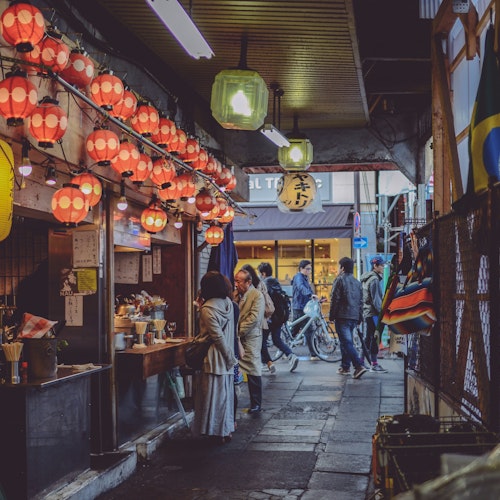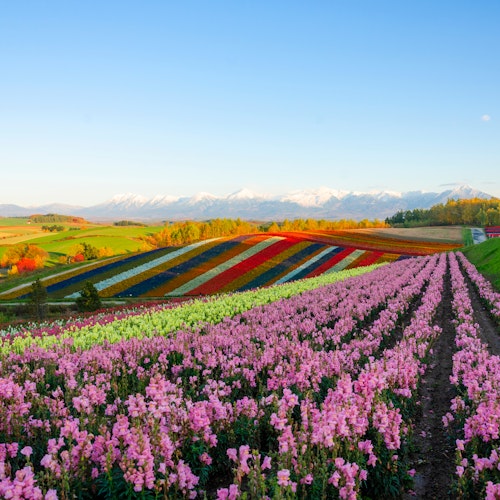
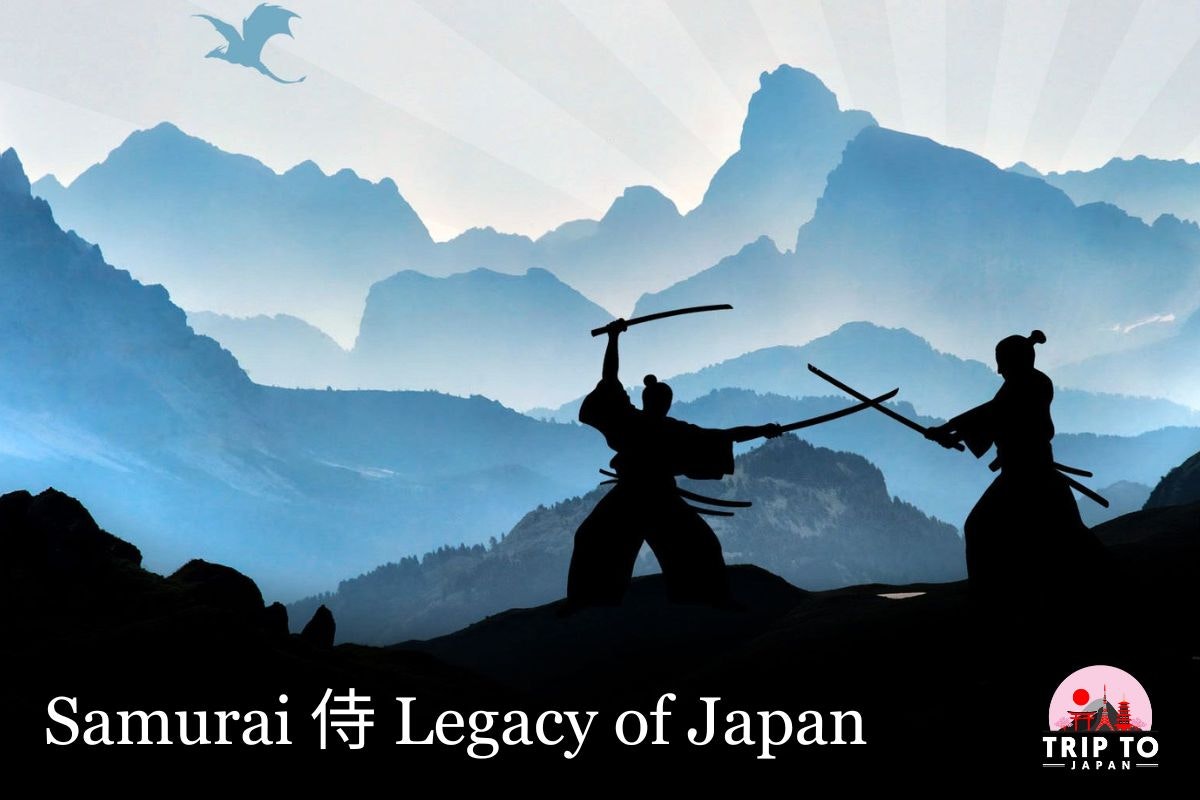
Samurai (侍) - the swift yet composed warriors with the single-edged Katana (Samurai swords), standing firmly on a hill overlooking the wideness of the clouded sky! That's what comes to mind when you hear the term "Samurai" that you have seen in anime or movies.
But there's more to the story that cannot be missed. The philosophy of Samurai, Samurai in pop culture, and not to miss the tragic end of the Samurai era. Read this Definitive Guide to the Samurai Legacy of Japan by Trip To Japan to tap into the world of these glorious warriors.
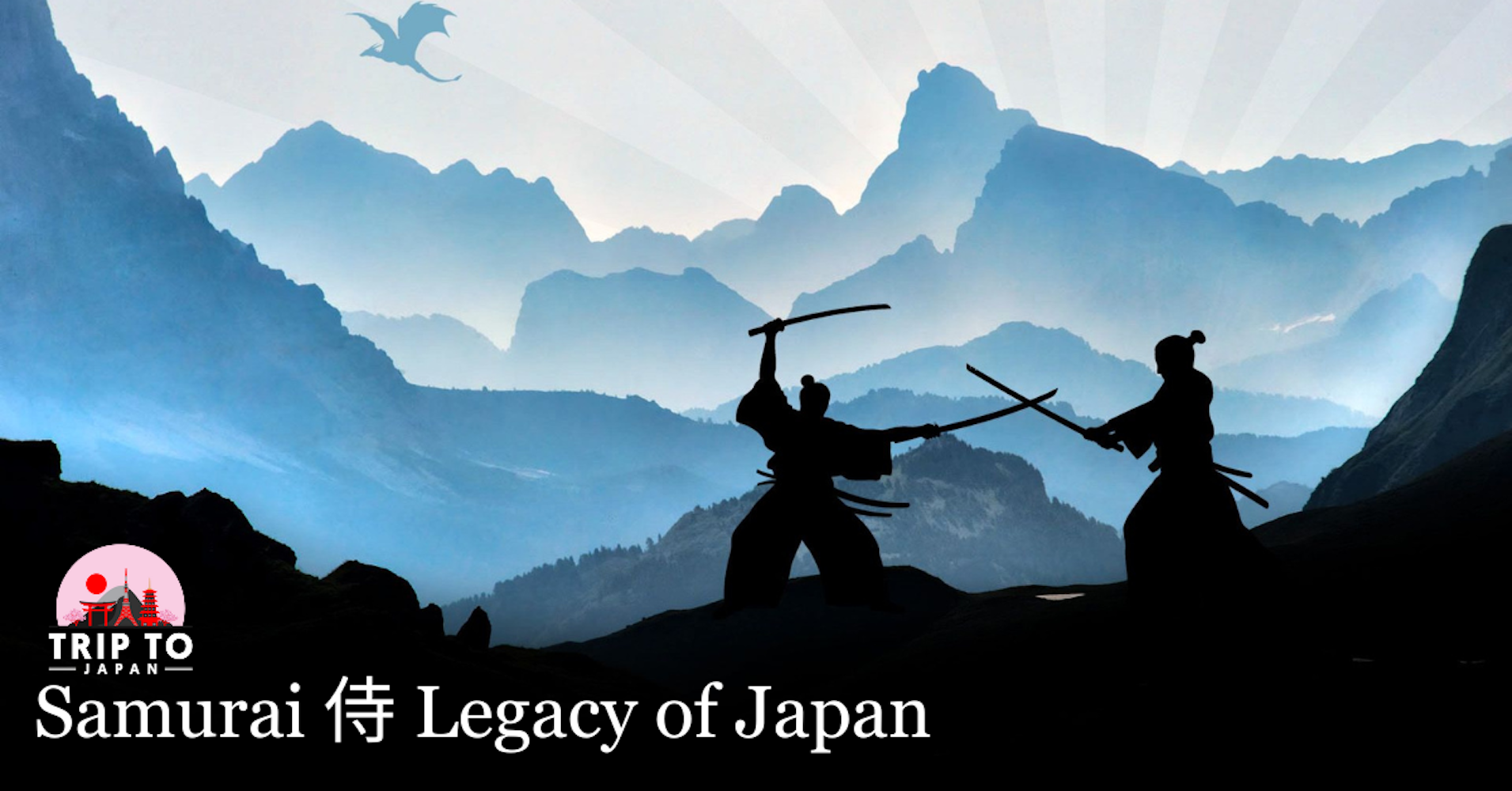
The best thing: you will get to know how you can experience the Samurai legacy on your next tour with Trip To Japan. Trip To Japan offers a range of tours for you to delve into the world of Samurai.
First, who are the Samurai?
The term Samurai in Japanese translates to "those who serve".
The samurai class, or bushi, were trained in the art of combat and served as protectors of their communities in premodern Japan. The Samurai has been a prominent part of the Japanese history.
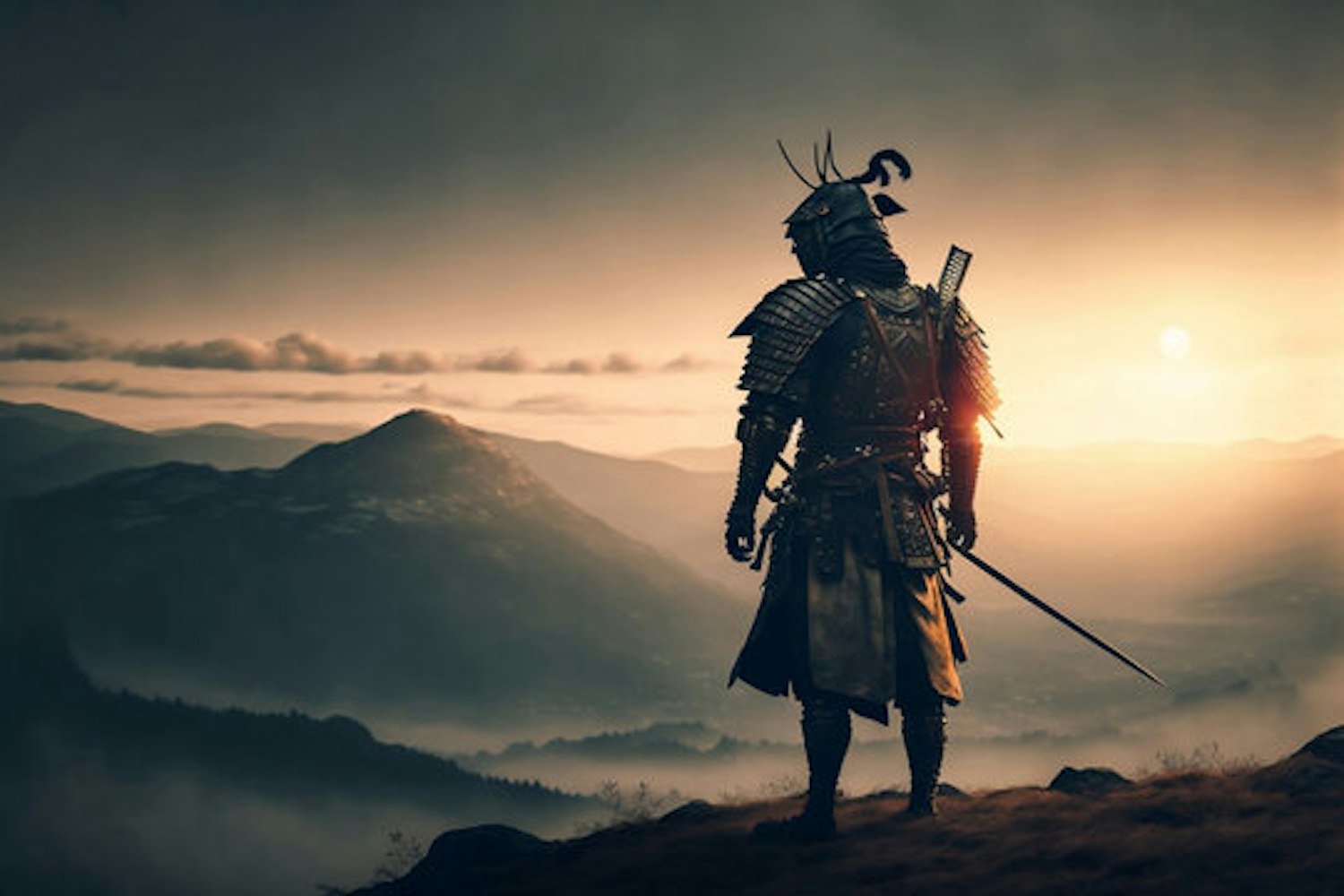
They rose to become the one of highest-ranking social castes of the Shogunate Empire in the Edo Period (1603-1867), having initially been the ruling military class of the Japanese army. The sword was considered one of the most important Samurai weapons and a symbol for samurai.
The samurai, who were affiliated with the shogunate, gave their allegiance to the local feudal lords, recognized as Daimyos. The shogun's dominance over the emperor, referred to as the Mikado was solidified by the assistance of the samurai.
Here's a lesser-known fact - Samurai Warriors ruled Japan for over 700 years!!!
The Japanese Samurai warriors first appeared on the scene in the Heian Period (794-1185). However, their role and importance reached its peak in the Kamakura Period (1185-1333).
The samurai were appointed to positions of power by the shogun as part of a feudal system. They served as military advisors, strategists, and generals.
Samurai warriors adorned unique armors that created an expression of mystery and sheer brilliance.
We are sure all the Samurai fans out there have dreamt of dressing up in authentic Samurai armor. Well, Trip To Japan knows how to turn dreams into reality.
Trip To Japan offers an exclusive shoot in Shibuya, Tokyo for you to unleash your inner warrior and create a memory of a lifetime.
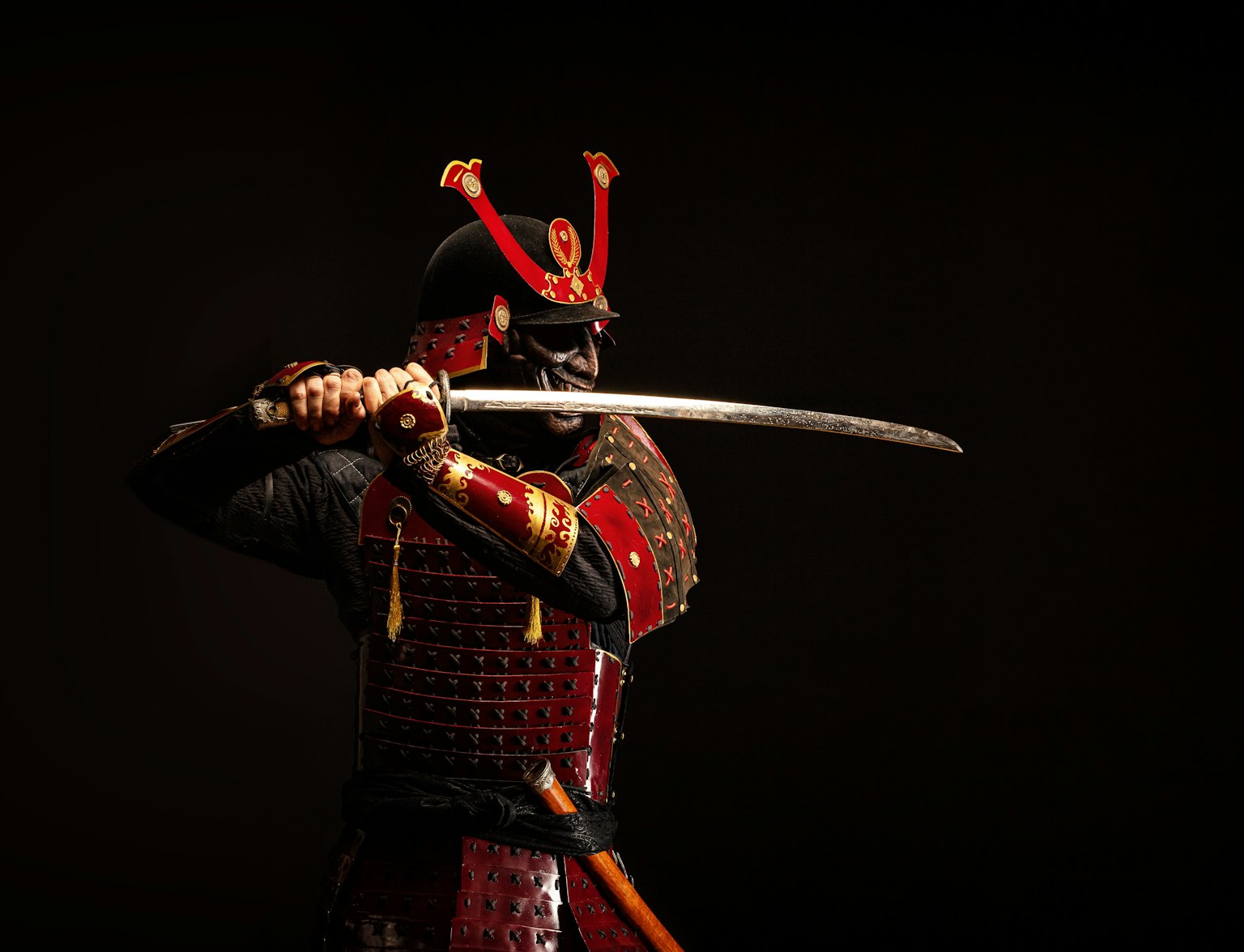
Unleash your inner warrior with the Samurai Armor Photo Shoot in Shibuya, Tokyo.
The Samurai followed a strict code of conduct known as Bushido, or "the way of the warrior", which dictated their lifestyle and ethical framework.
This code influenced by Confucianism comprised eight virtues.
The 8 Virtues of the Code of Bushido are:
Justice
Courage
Compassion/Mercy
Respect
Self-control and Character
Honesty
Honor
Loyalty.
Not merely, warriors, the Samurai were also scholars and philosophers, dedicated to the practice of Zen Buddhism
A tradition that emphasizes meditation and intuition.
Zen teachings fostered discipline and mindfulness in the Samurai, reinforcing their psychological strength and enabling them to face the rigors of combat with serenity and resilience.
The fusion of Zen Buddhism and Bushido enriched the spiritual dimension of the Samurai, infusing their martial prowess with a deeper sense of purpose.
Fun Fact: The phrase "calling someone out as a Samurai" originates from the idea that the samurai were honorable, respected, and idealized. It is still used in Japanese culture to denote someone with great qualities.
In the early days, Samurai were required to have comprehensive knowledge of military tactics as well as academic subjects such as literature, history, and political science. They were trained from a young age in various forms of martial arts, specifically swordsmanship.
The samurai followed a strict code of discipline and underwent rigorous training that combined physical strength with mental fortitude. They were taught to be fearless, agile, and have an unwavering spirit.
Samurai warriors had a very high literacy rate in Kanji.
Kanji is a set of Chinese characters used in written Japanese. It was also customary for the Samurai to compose poetry, paint, and practice other art forms.
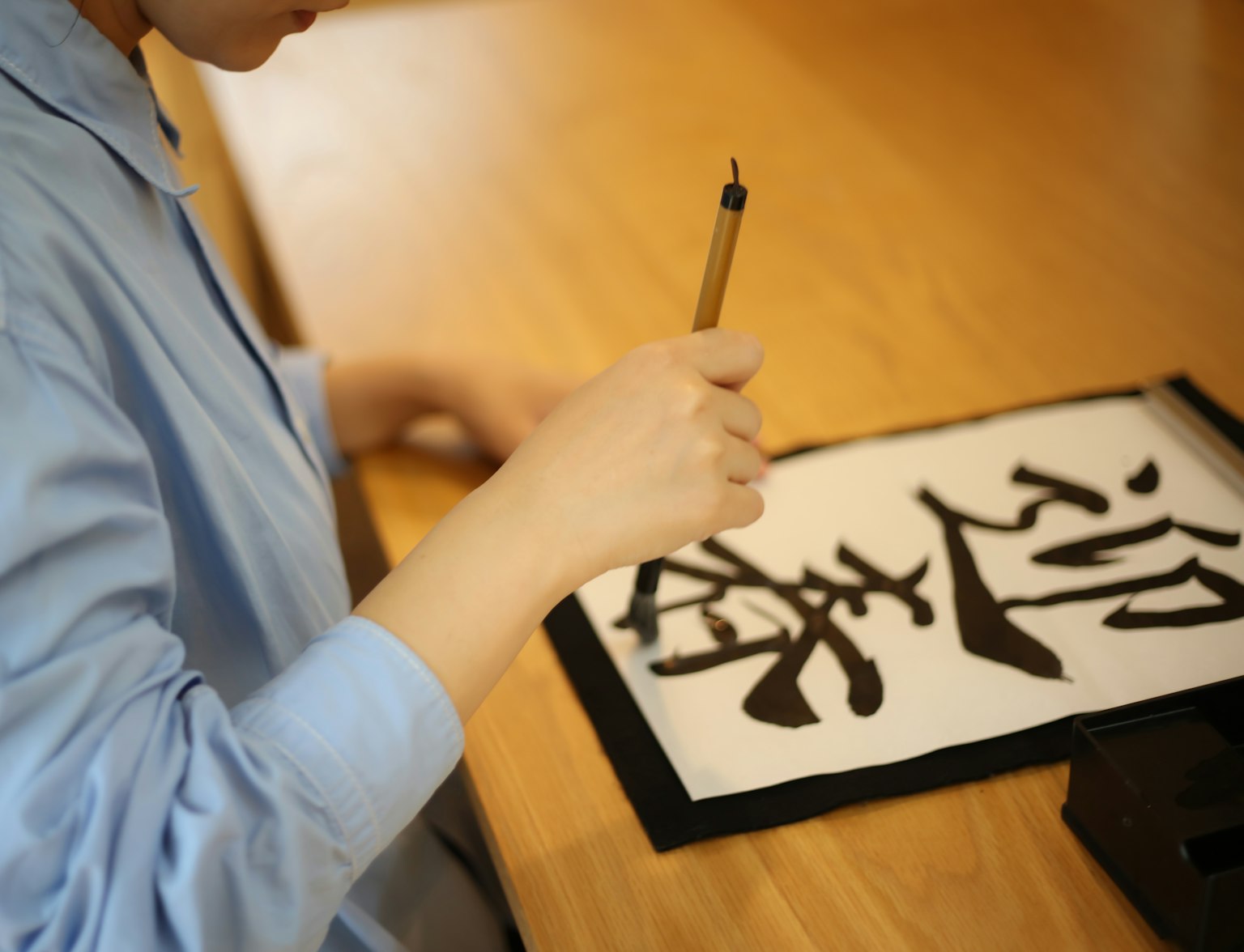
Learn how to write kanji in an artistic way with this calligraphy workshop.
During feudal Japan, some samurai had a personal "warrior library" called "Buke bunko" which contained texts on strategy and warfare. One of these libraries contained 20,000 volumes.
The upper class owned Kuge bunko, or "family libraries," which contained classics, Buddhist sacred texts, family histories, and genealogical records.
The Samurai's most iconic weapon was the Katana. It was more than just a tool for battle, but a symbol of status, honor, and craftsmanship.
The sword was believed to contain the soul of the samurai and was given a name and treated with great respect. The forging process of a Katana was considered an art form, with special rituals and ceremonies involved in its creation.
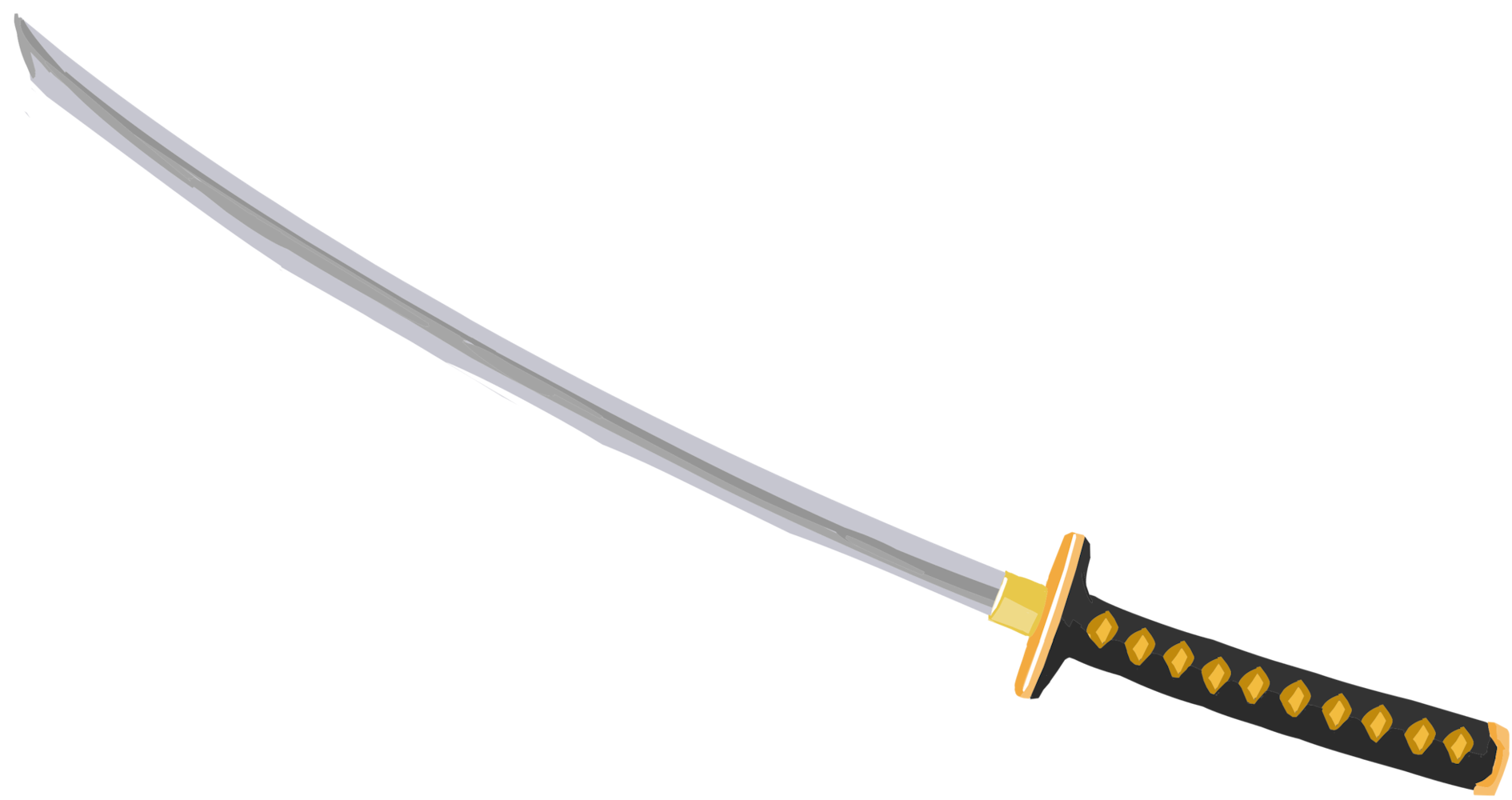
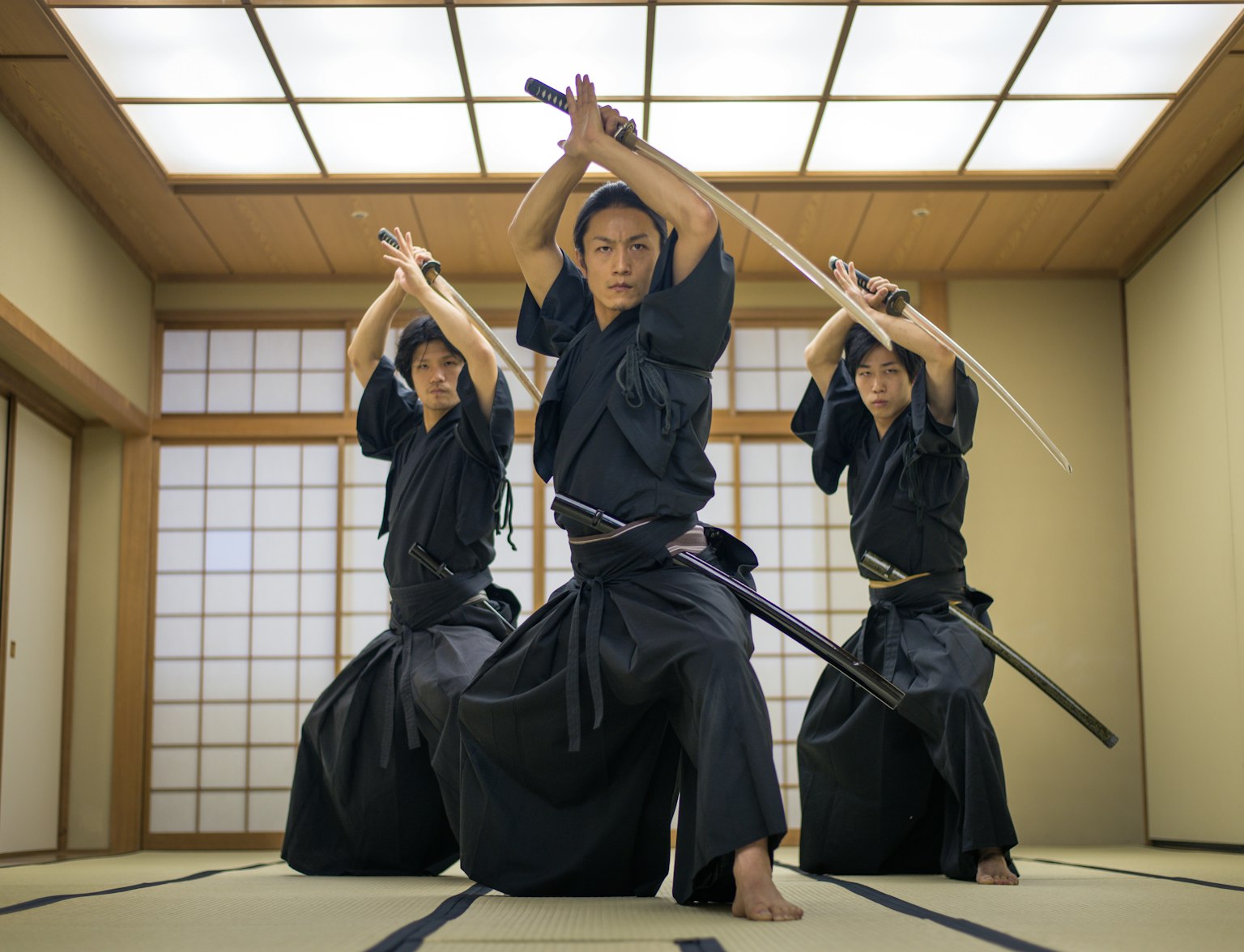
Learn to wield a sword, practice ancient techniques, and witness Iaido in action.
The Meiji Restoration in 1868 marked the end of the Samurai era. The Meiji Emperor abolished the feudal system and disbanded the samurai class, along with their privileges.
This transition brought about a fundamental shift in Japan's social, political, and cultural landscape.
Many samurai became left jobless and faced financial struggles as they could no longer bear arms or serve as warriors. Some became farmers, while others joined the military forces of the new military government.
That's not the worst thing.
Sadly, many also chose death as their honorable exit. Many Samurai warriors went for Seppuku.
Seppuku, or Hara-Kiri (腹切り, is a form of ritual suicide that the samurai carried out to maintain their honor, especially when they faced defeat or humiliation. It involved slitting one's own abdomen with a sword. (depicted in the image below).
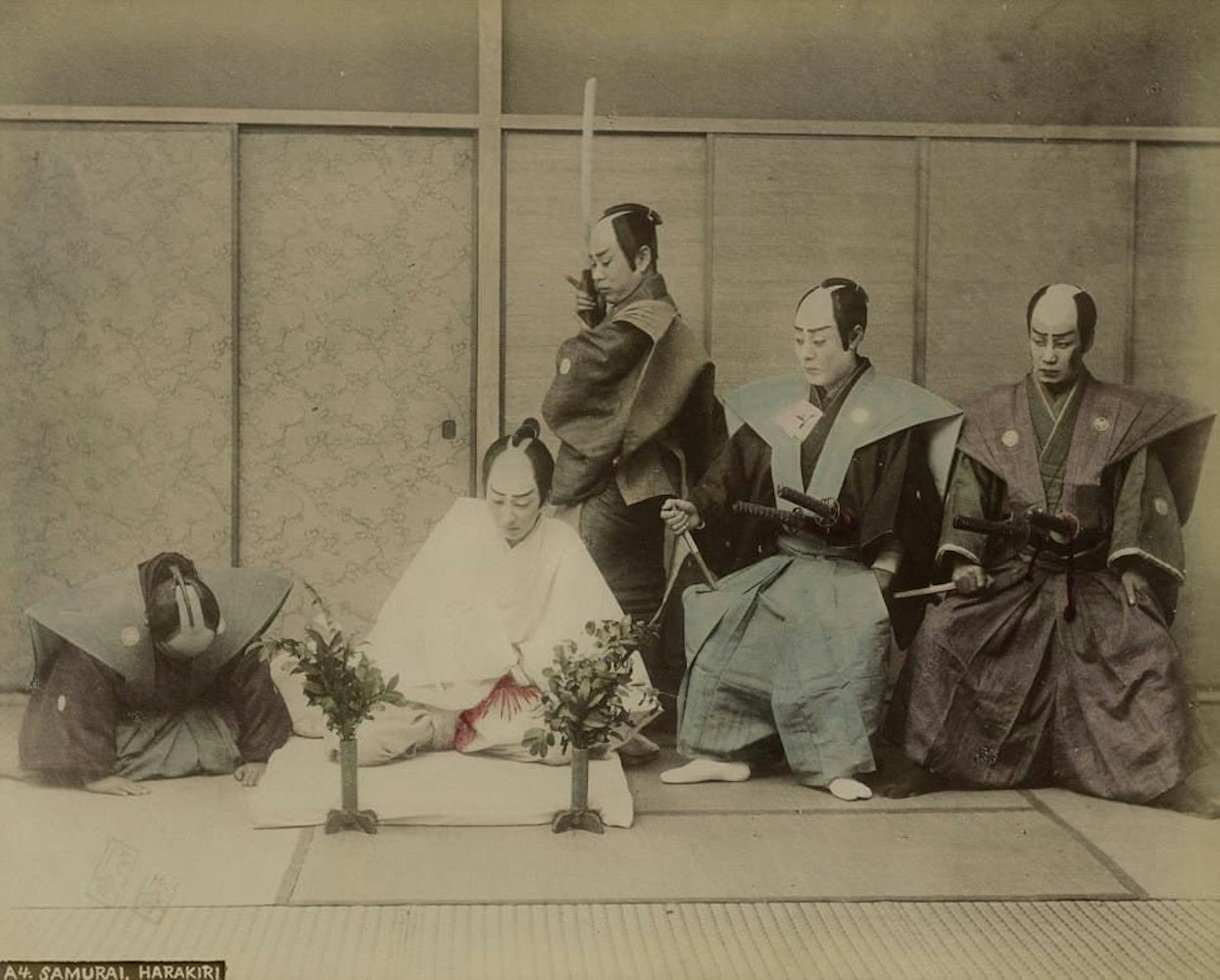
It was considered an honorable death rather than surrendering and losing face.
Though the Samurai era may have ended, their legacy continues to live on in Japan's culture and beyond.
The image of Samurai warriors is still iconic and has become a symbol of Japanese strength, bravery, and honor.
The legacy of the samurai has inspired many popular works of literature, film, and art.
From Akira Kurosawa's masterpiece Seven Samurai to the globally loved anime series Rurouni Kenshin, which features a former samurai as the main character.
Also, Hollywood movies such as The Last Samurai (2003), starring Tom Cruise, pay tribute to this iconic part of Japan's history. It tells the story of a former American soldier who becomes a Samurai.
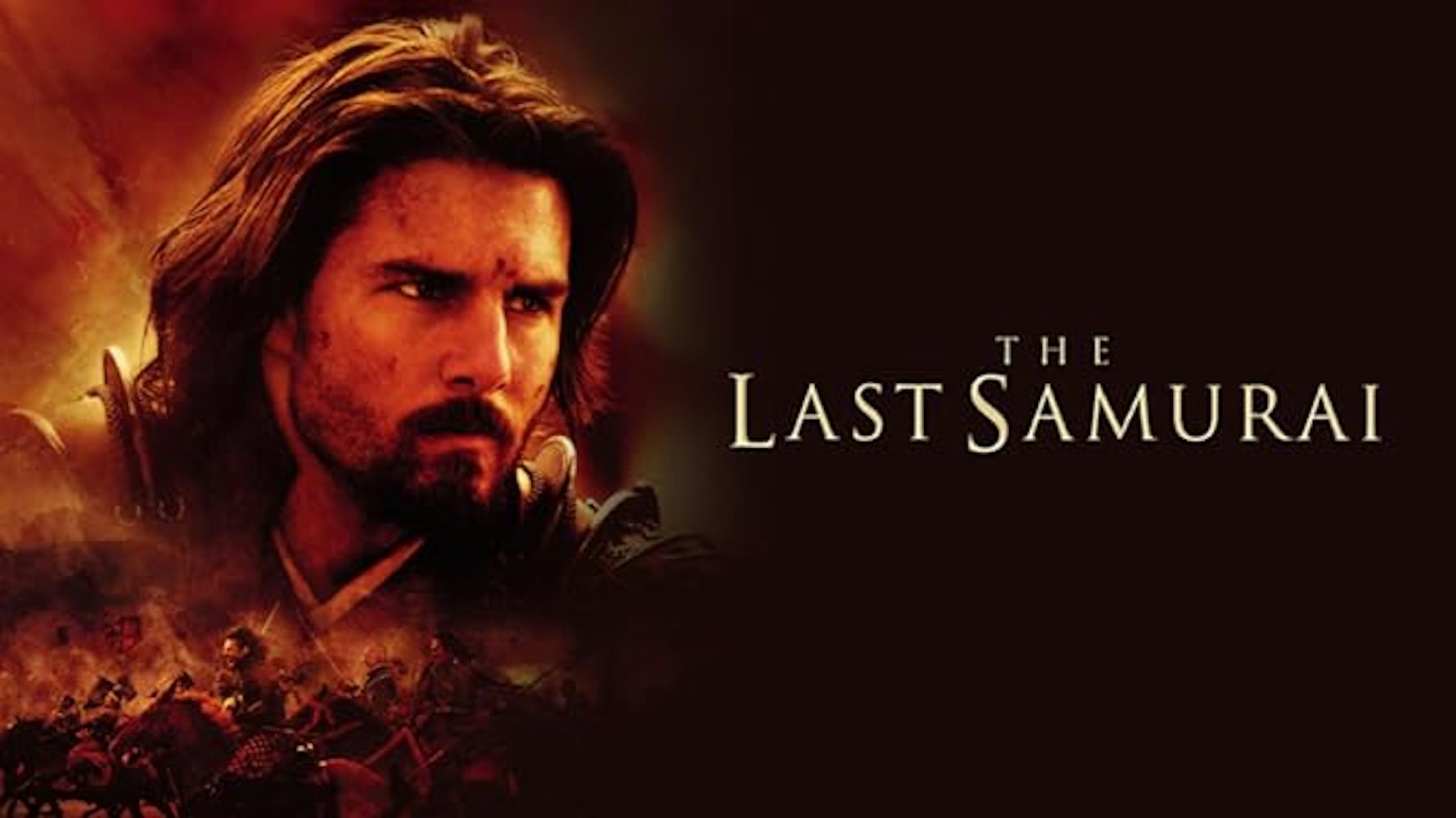
In the 21st century, the samurai lifestyle has gained popularity in America, with producers and writers capitalizing on this trend through various media.
The Afro-Samurai animated series gained popularity in American culture due to its fusion of hack-and-slash animation and gritty urban music.
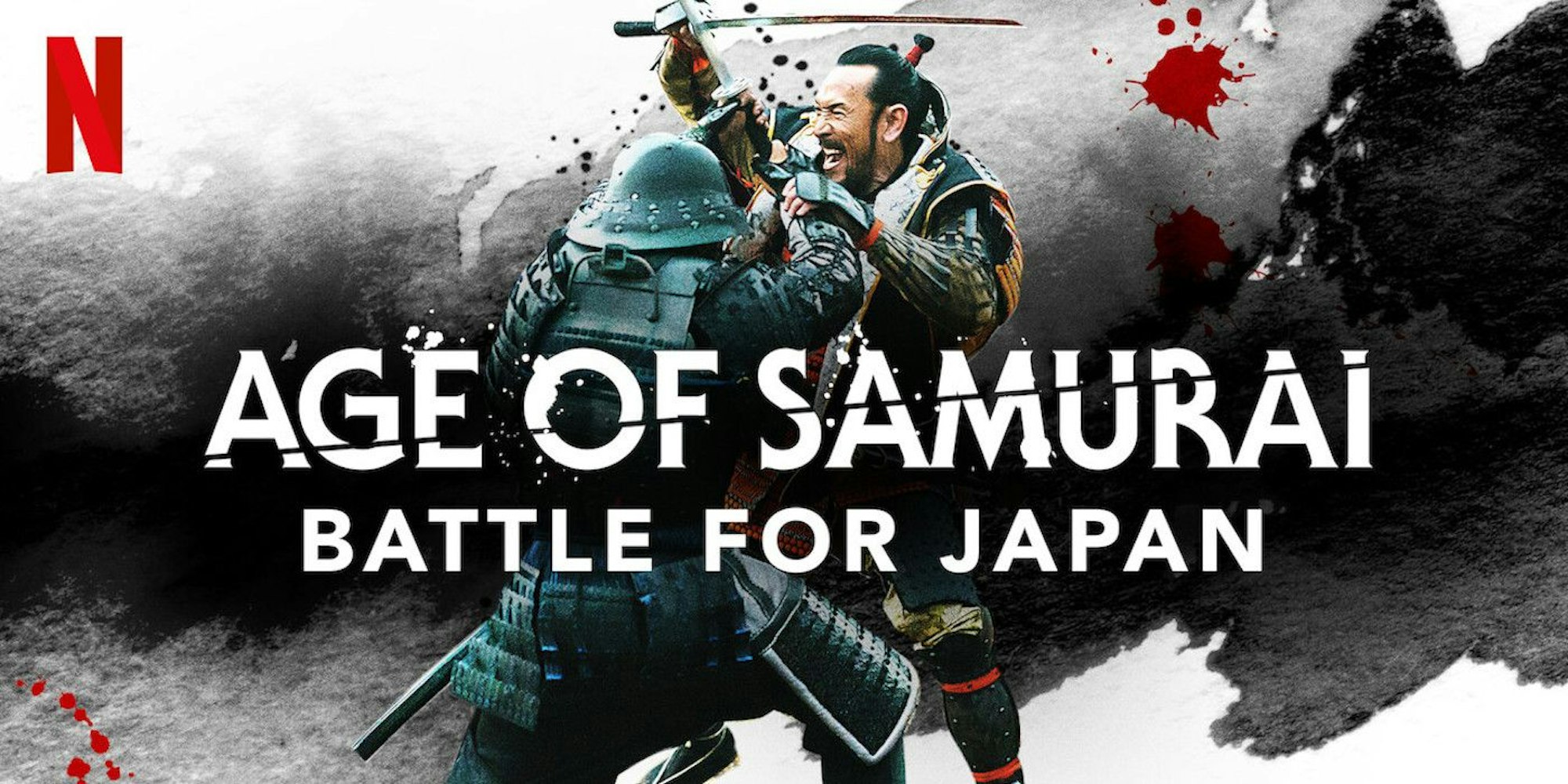
In February 2021, Netflix released "Age of Samurai: Battle of Japan," a six-part documentary series that delves into the life of the legendary warlord Oda Nobunaga, the final phase of the Sengoku period (also known as The Age of Warring States), and the influential daimyo who fought to unite Japan.
In literature, one of Japan's greatest works - Hagakure, "The Book of the Samurai" - delves into the code and experiences of samurai warriors. It is a collection of writings by the samurai Yamamoto Tsunetomo and highlights their strict adherence to Bushido.
The book has been widely translated and continues to inspire readers worldwide.
Samurai warriors have also inspired some of the most iconic and loved video games, such as Nioh, Sekiro: Shadows Die Twice, and Ghost of Tsushima. These games immerse players in the world of samurai warriors, showcasing their skills and way of life.
In the real-time strategy video game Age of Empires II, players have the ability to train samurai units, which are exclusive to the Japanese civilization in the game.
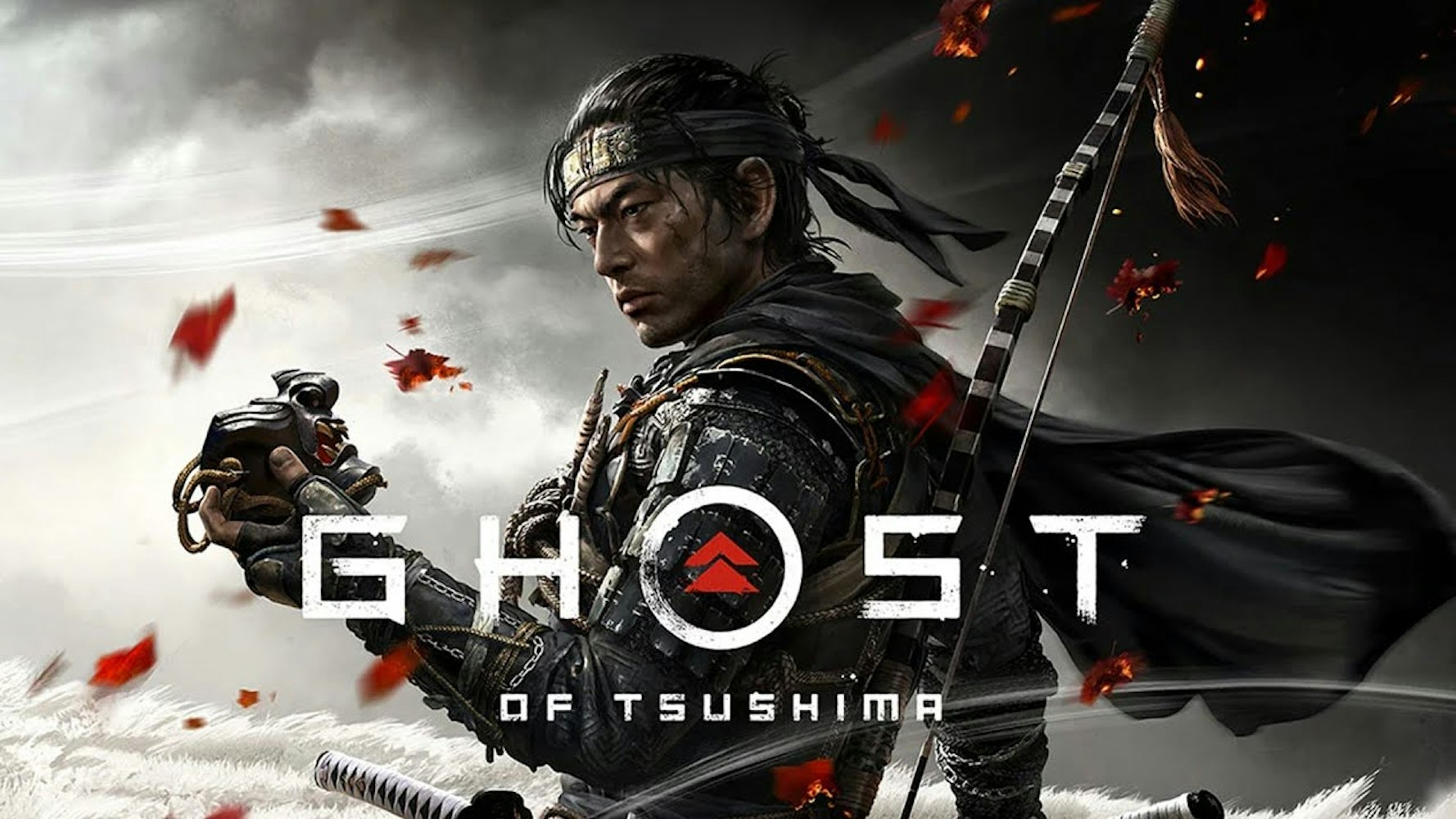
Japan's famous comics and animation, known as anime and manga, also heavily feature Samurai warriors.
Some well-known titles include Samurai Champloo, Sword of the Stranger, Requiem from the Darkness, and Vagabond. These works explore the life and struggles of samurai warriors, offering a glimpse into their historical significance.
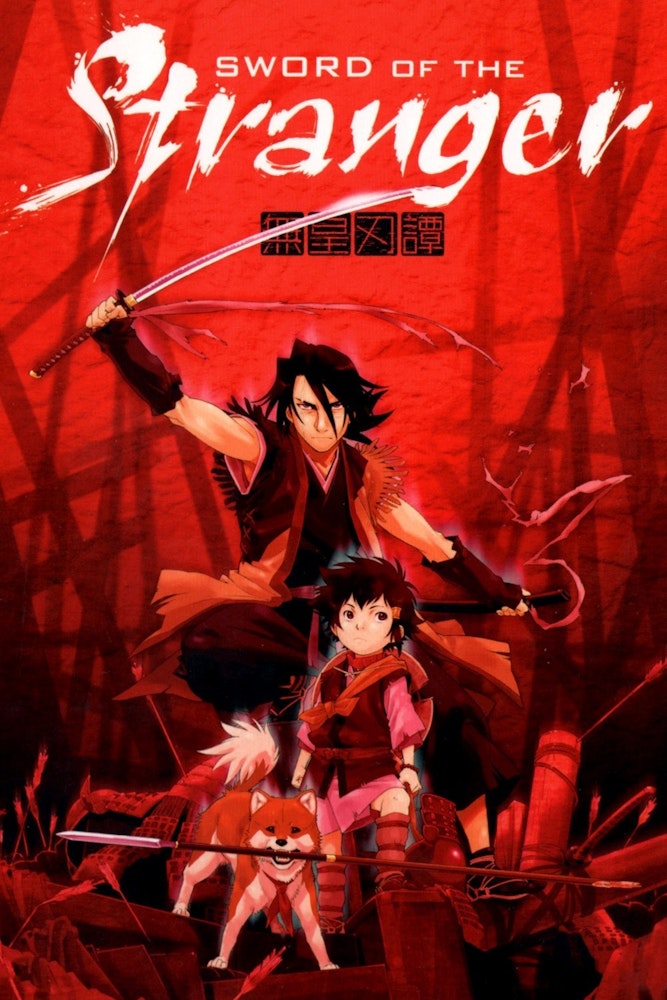
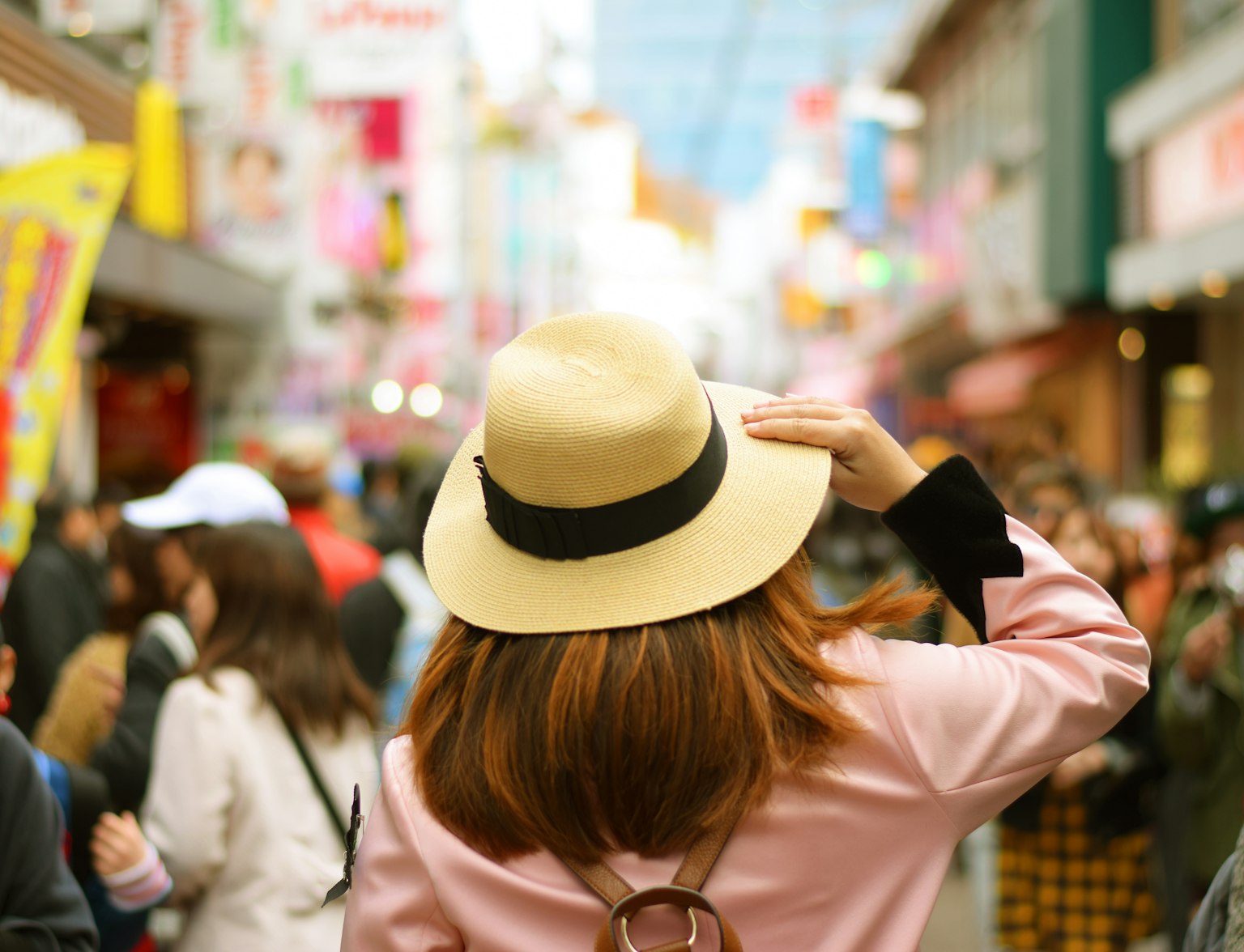
Explore Akihabara and discover anime memorabilia with samurai themes.
Discover the enduring cultural legacy of the samurai warriors! While they may no longer exist, Japan proudly preserves its heritage with captivating samurai attractions scattered across the country.
With Trip To Japan, you can experience the Samurai legacy in modern Japan in the following ways.
In Japan, many history museums showcase samurai swords and armor, but there are also specialized museums that focus solely on preserving and displaying relics of the samurai.
Tokyo's Sword Museum showcases an extensive collection of swords, making it one of the largest public displays in the country. In Nagoya, the Tokugawa Shogunate Art Museum exhibits a range of historical artifacts such as armor, swords, tea utensils, artwork, and household items.
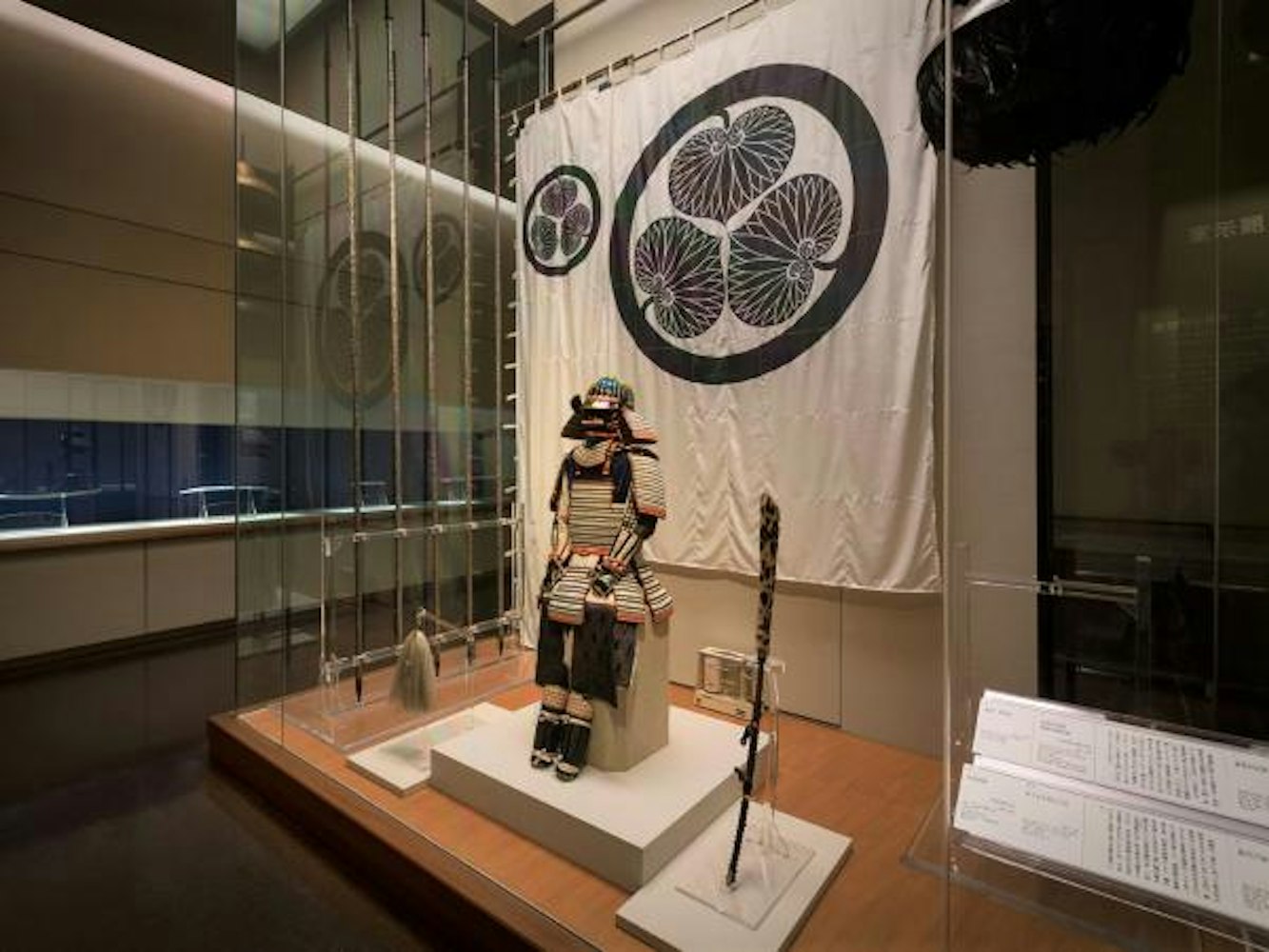
For a glimpse into the rich samurai history of Kanazawa, visit the Maeda and Honda Museums, which house relics from these prominent samurai families. Discover the fascinating world of Japanese swords, armor, and samurai culture in these noteworthy museums.
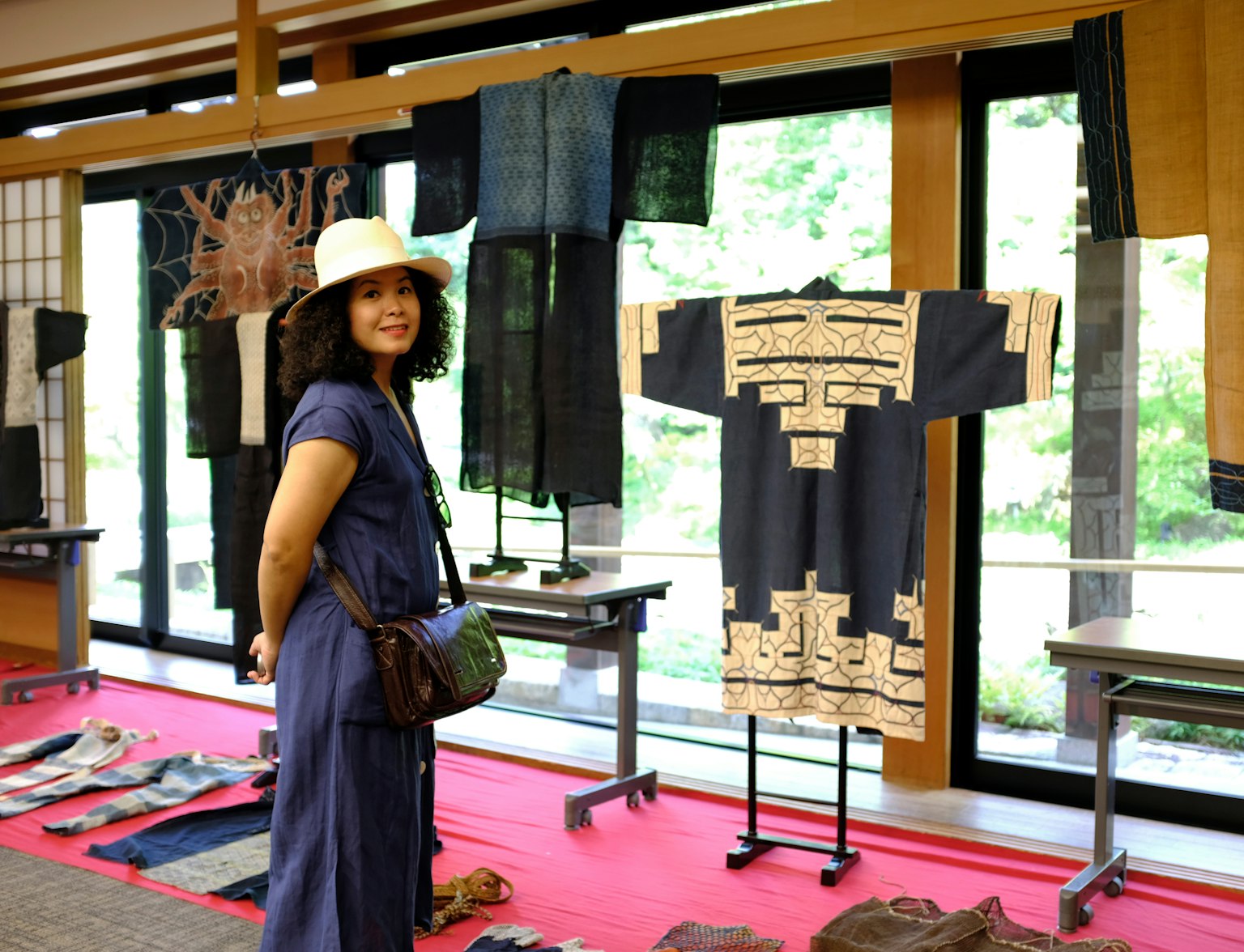
Visit Tokugawa Museum with this tour.
Many towns and cities in Japan have retained their samurai district, offering a glimpse into the daily lives of these warriors. Some notable places to visit include Kanazawa's Nagamachi and Kyoto's Mibu districts, where samurai homes and traditional buildings still stand.
Some of Japan's most iconic attractions are samurai castles, which were once the residences and fortifications of powerful samurai lords. These castles have been beautifully preserved and provide a glimpse into the daily lives of the samurai.
The most famous is Himeji Castle, also known as the "White Heron Castle," with its impressive defensive structures, elegant interiors, and beautiful gardens.
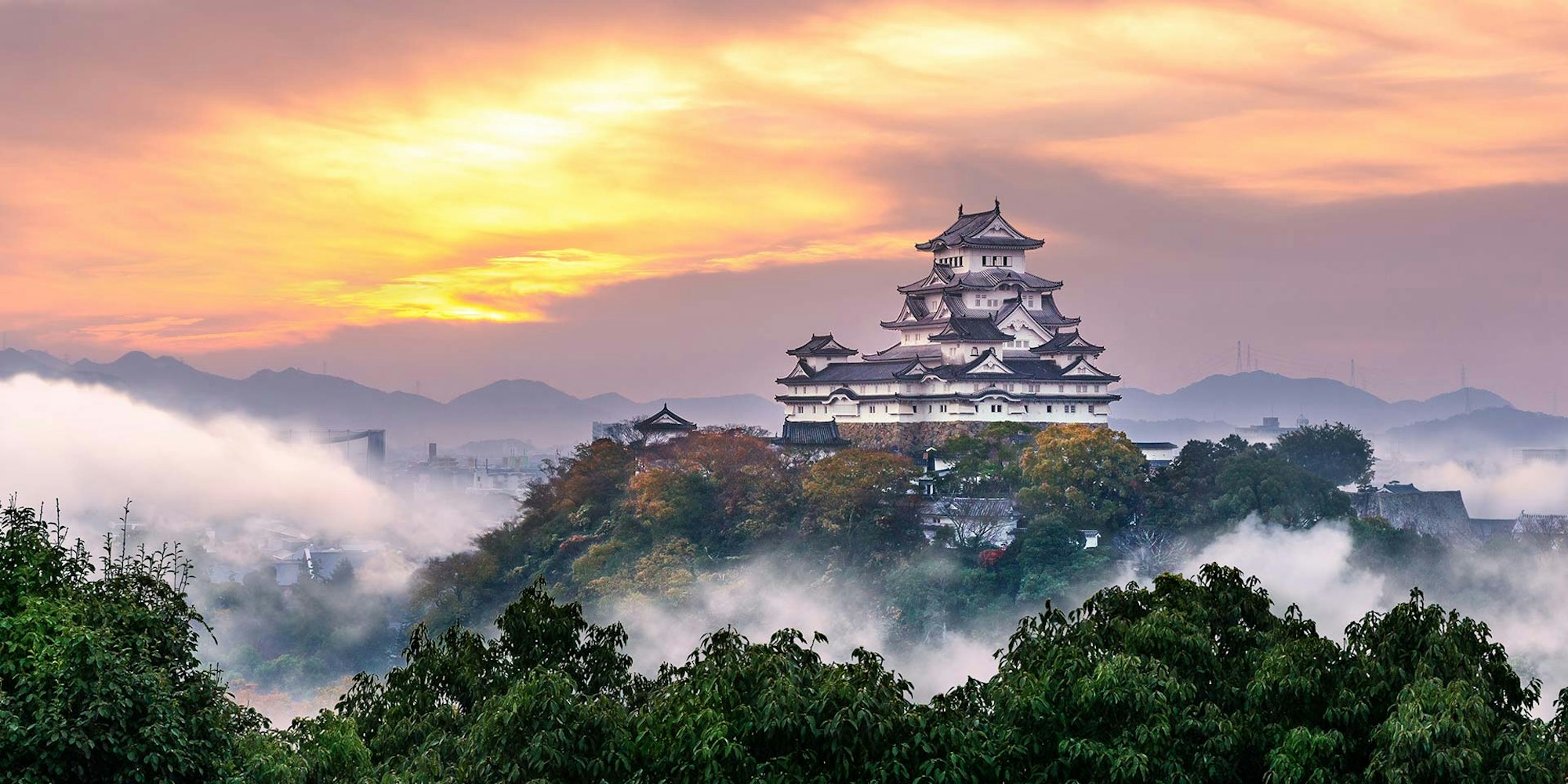
In Kanazawa, the Kanazawa Castle is a must-visit for its majestic white walls and gold leaf detailing. It also houses a museum featuring samurai armor and other artifacts related to the Kaga clan.
The Matsumoto Castle in Nagano is another popular attraction, known as the "Crow Castle" due to its black exterior. It features a museum with collections of weapons and armor used by samurai warriors.
Throughout the year, Japan hosts various festivals celebrating its rich history and traditions. Some festivals specifically showcase the samurai legacy, such as the Aizu Autumn Festival in Fukushima, which commemorates the Aizu clan's brave samurai warriors.
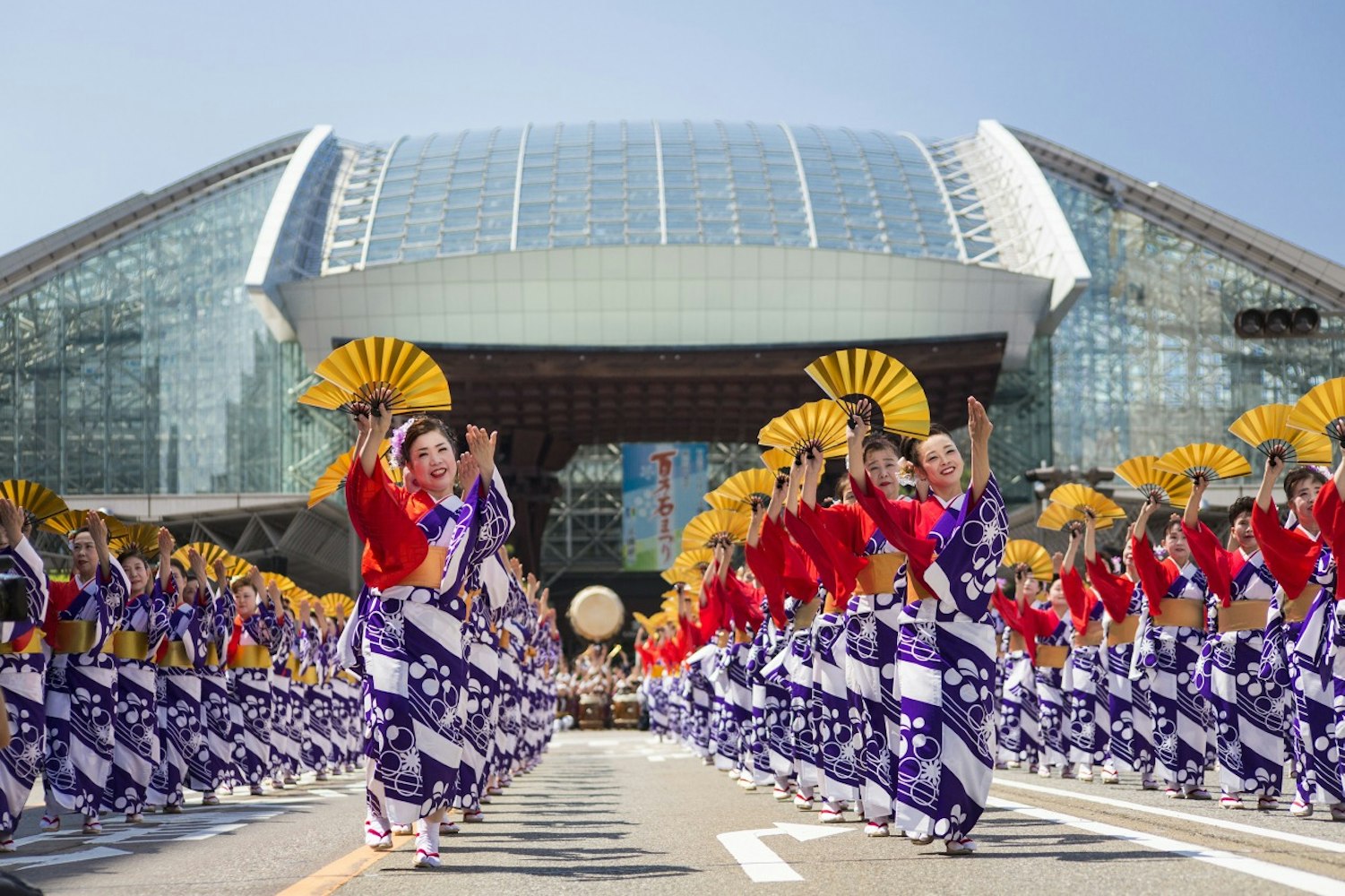
In Kanazawa, the Hyakumangoku Matsuri celebrates Lord Maeda Toshiie, one of Japan's most famous samurai lords. The festival includes a procession of people dressed in traditional samurai attire, showcasing the grandeur of the samurai culture.
The Shingen-ko Festival commemorates the enduring legacy of daimyō Takeda Shingen. This vibrant festival spans three days and takes place annually on the first or second weekend of April in Kōfu, Yamanashi Prefecture. It is a celebration that pays homage to the rich history and cultural heritage of this remarkable figure.
For a more immersive experience, visit the Samurai Kembu Theater in Kyoto and watch live performances showcasing traditional samurai sword fighting techniques.
The Tsuruga Castle Park in Fukushima also offers interactive experiences where visitors can dress up as samurai warriors and try their hand at various weapons.
Discover the culinary traditions of samurai warriors by trying dishes that were once enjoyed by these elite fighters. Some must-try dishes include Chanko-nabe, a hotpot dish popular among sumo wrestlers, which was also a favorite among samurai warriors.
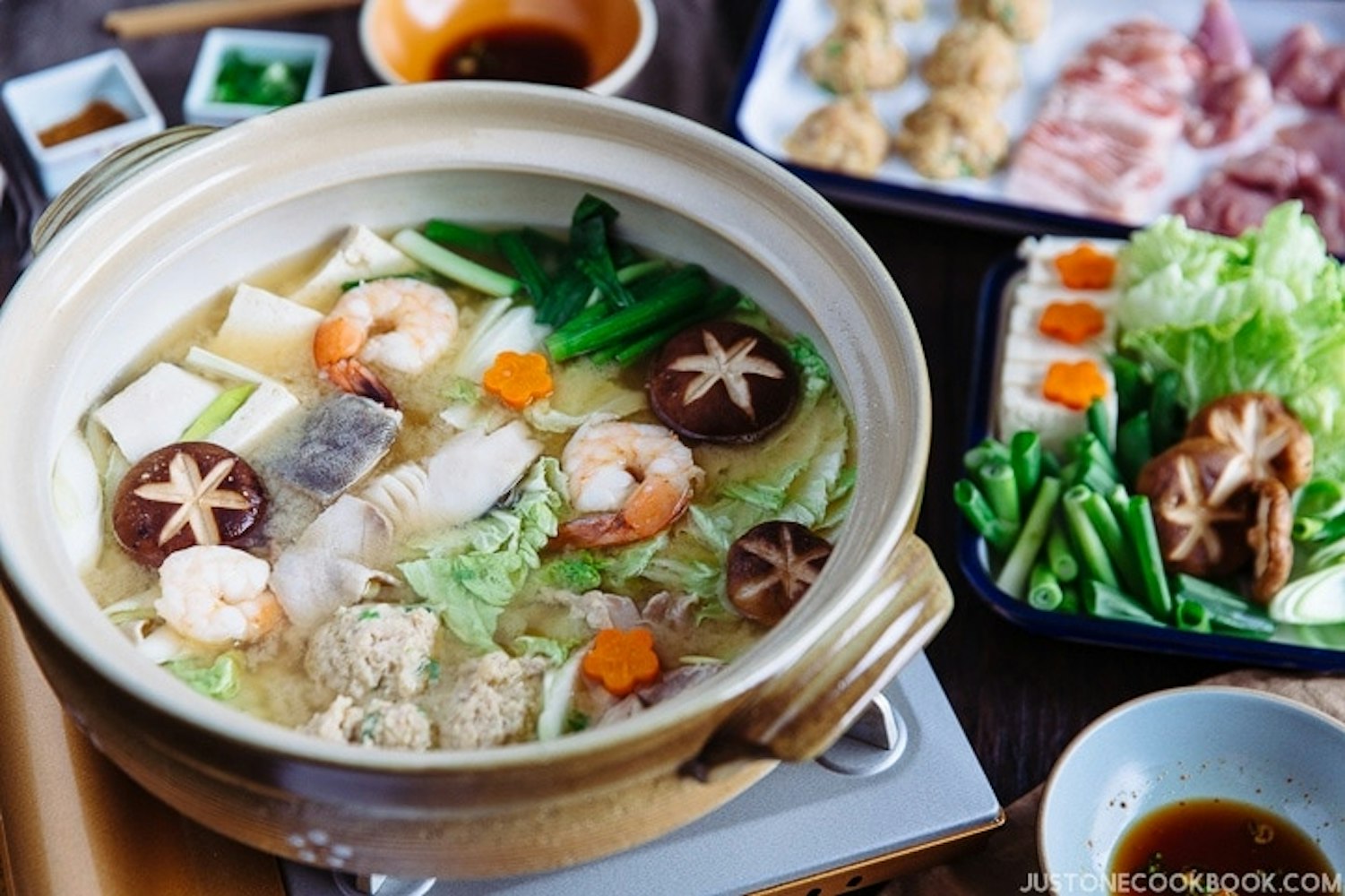
Another dish is Kaiseki cuisine, a multi-course meal that originated from traditional tea ceremonies and was also enjoyed by the samurai.
Uncover the fascinating history and cultural legacy of samurai warriors with Trip To Japan. Our expertly curated tours offer an immersive experience into the world of the samurai, from visiting museums and castles to attending festivals and trying traditional cuisine.
Book your trip today and discover the enduring legacy of these brave warriors in modern-day Japan. So join us on this journey back in time and experience the Samurai legacy for yourself!

